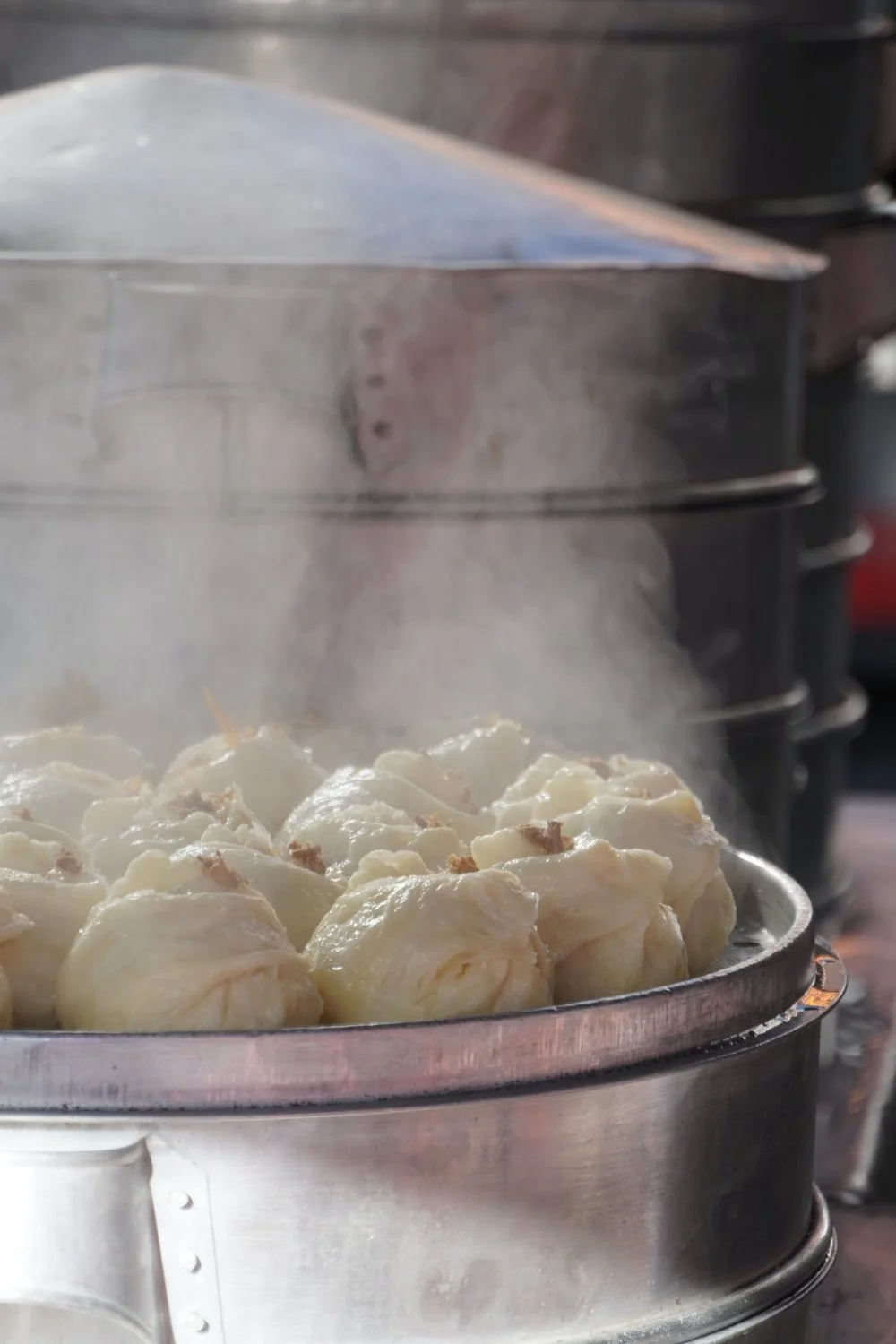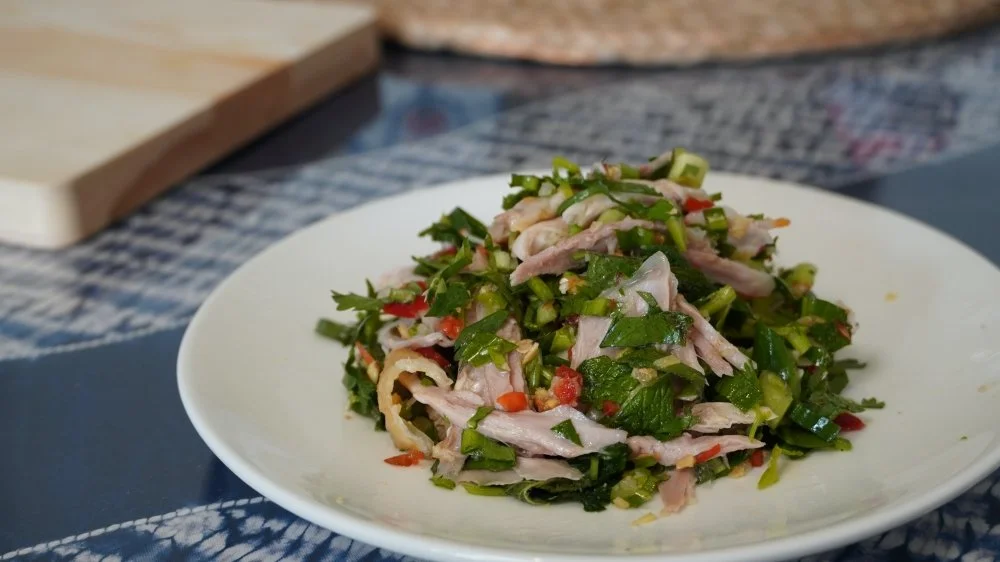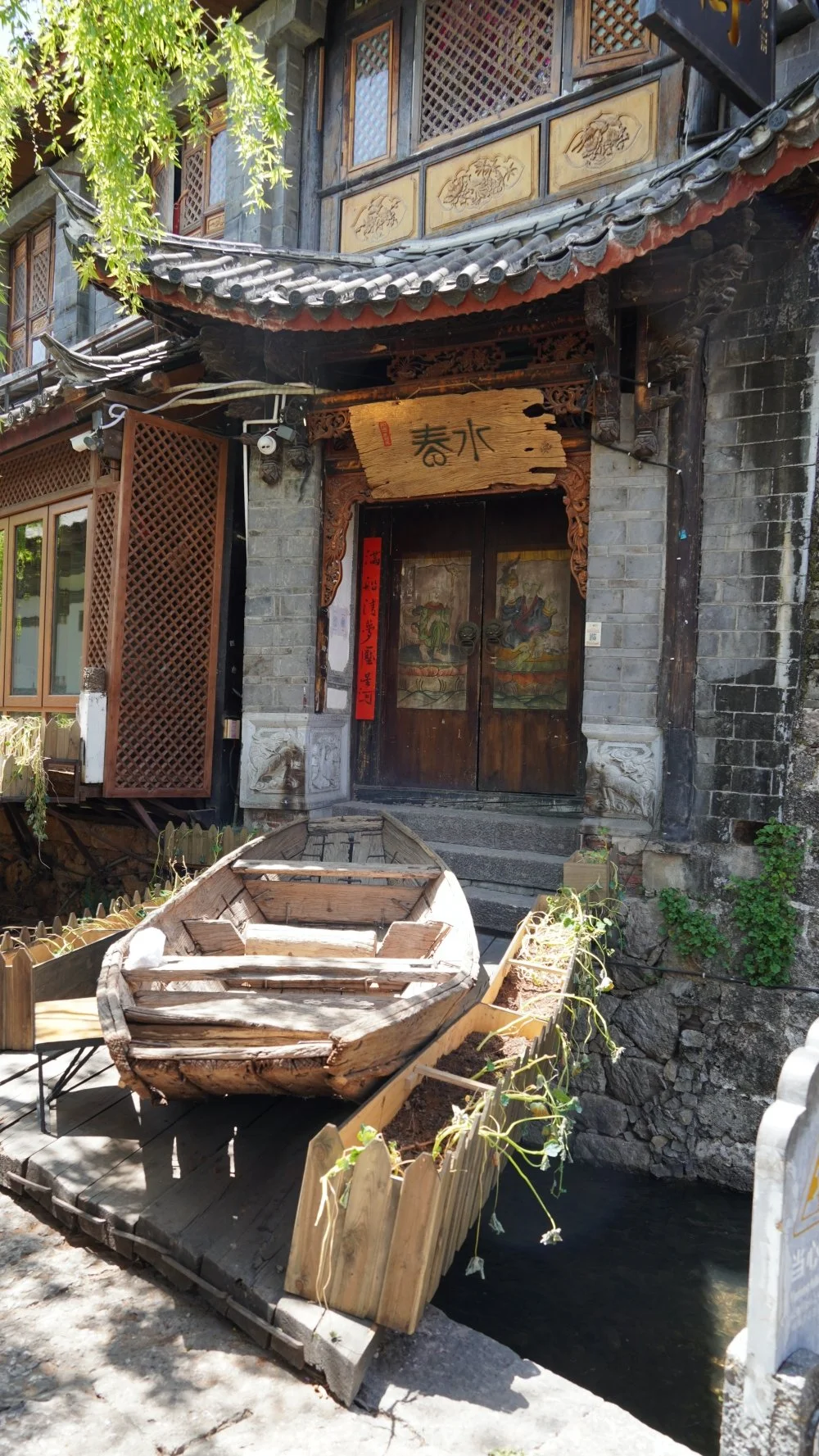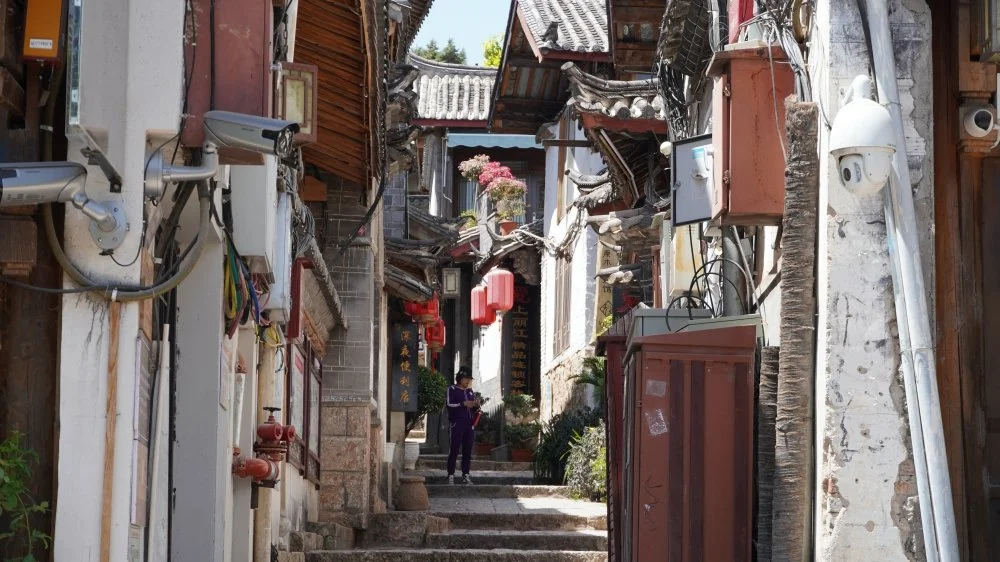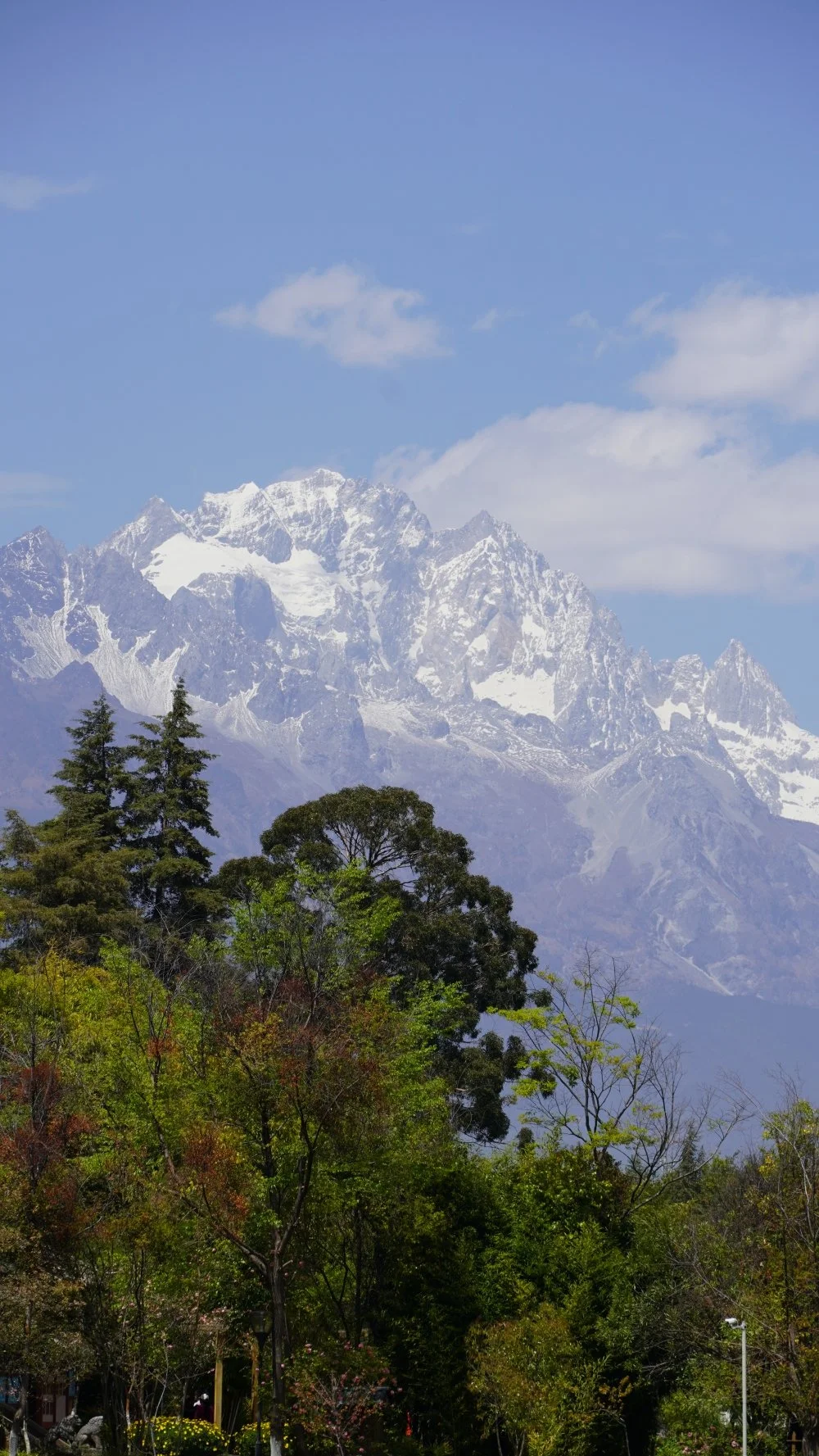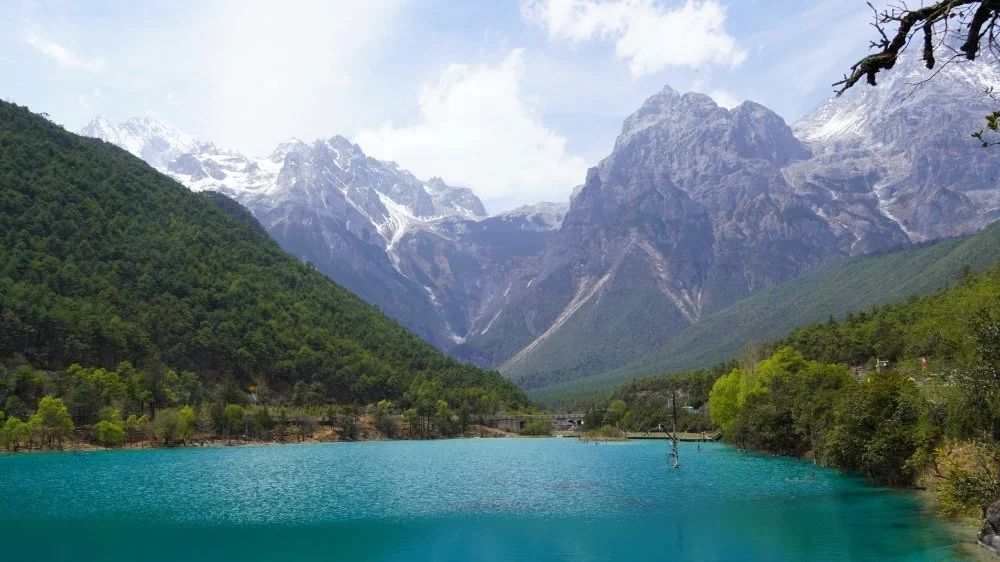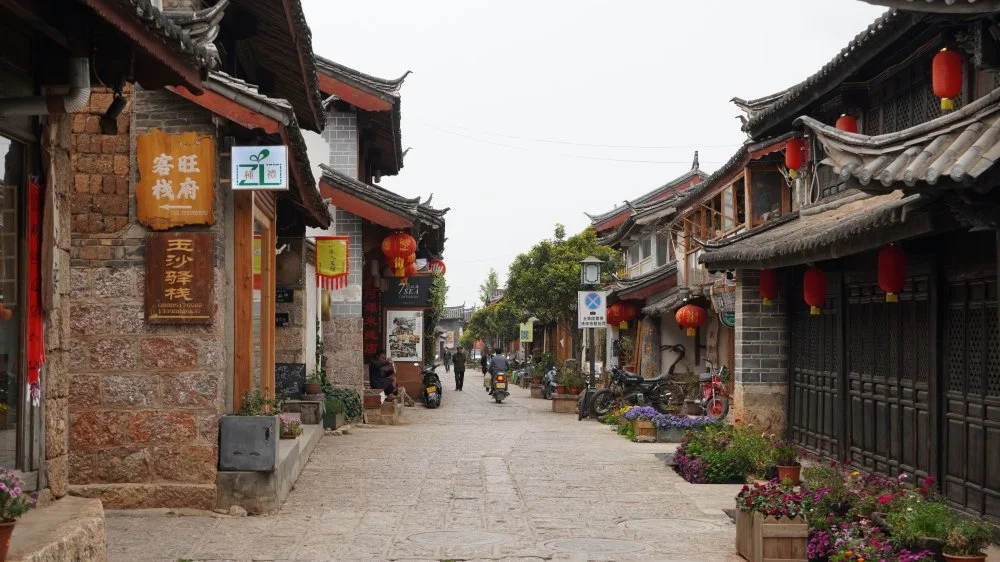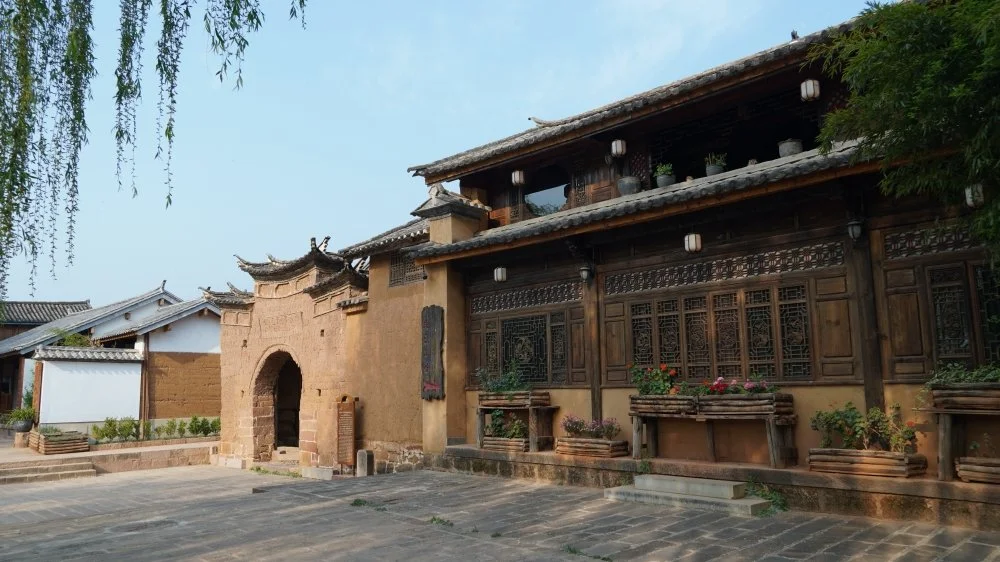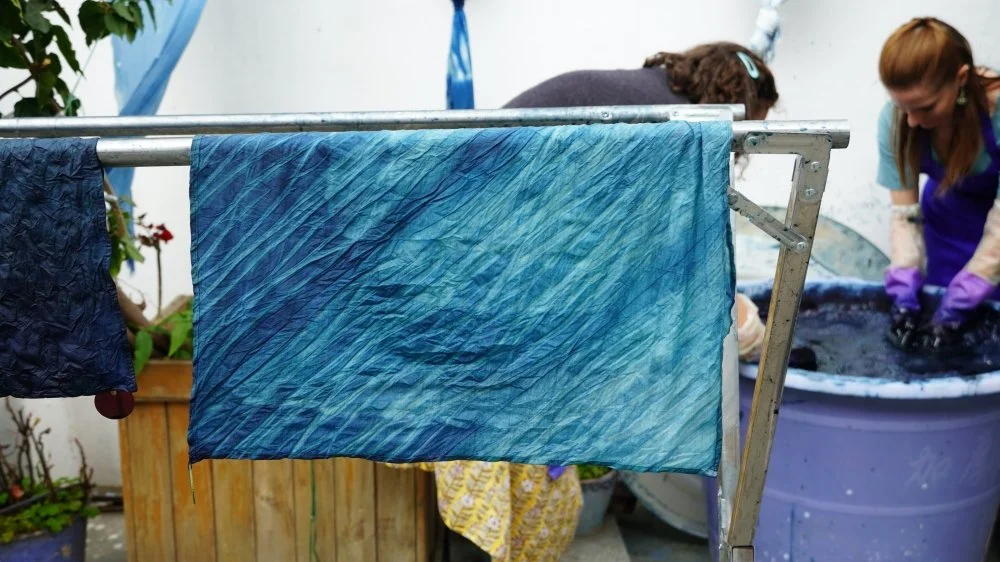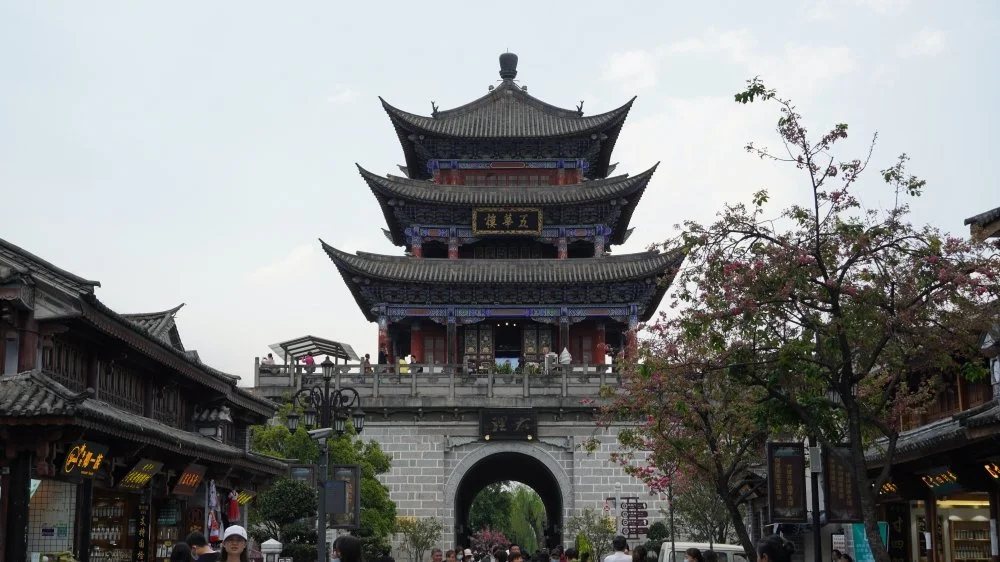7 Days in Yunnan, China: A Travel Itinerary
As one of the most diverse provinces in China – in terms of culture, geography and even food – I embarked on a trip with Lost Plate to uncover the sights, smells, tastes and sounds of two key cities in the area, Lijiang and Dali, as well as 7 ancient towns each with its own unique charm.
From vast mountain lakes and agricultural fields to snow-capped mountain peaks and ancient architecture, we spent 7 days touring and eating our way through Yunnan’s Tea & Horse Road. Take a look at what you can expect to experience when travelling with Lost Plate!
2 Cities | 7 Villages | 250km travelled
Please note: This post contains links to affiliate partners. If you click on any affiliate links (or use any discount codes highlighted) and make a purchase within a certain time frame, I will earn a small commission (paid by the retailers, not you). I’m careful to link to products and services that I myself have used and loved. Money earned keeps Uncovering Cities running and allows me to do what I love. Thank you for your support :)
GETTING THERE
From Shanghai (both Pudong International Airport or Shanghai Hongqiao International Airport), you can take a flight directly to Lijiang Sanyi Airport. The journey usually takes around 3.5 hours.
Once you arrive in Lijiang – and if you have signed up to Lost Plate’s tour – you’'ll be picked up from the airport by their guide and driver. If not, there are plenty of ways you can hail a cab to your first destination.
ITINERARY OUTLINE
Day 1: Shuhe Old Town, Lijiang
Day 2: (Lijiang) Dayan Old Town
Day 3: Jade Dragon (Yulong) Snow Mountain & Blue Moon Valley
Day 4: Baisha Old Town & Jianchuan Village
Day 5: Shaxi Ancient Town
Day 6: Shuanglang Village, Erhai Lake, Zhoucheng Village & Xizhou Village
Day 7: Xizhou Village & Dali Old Town
Day 8: Dali & The Three Pagodas of Chongsheng Temple
AFFILIATE DISCOUNT: Want to experience this incredible trip for yourself? Head on over to Lost Plate – the fantastic tour service we used to explore Yunnan province.
Quote “UncoveringCities” on their website or when you order through their customer service, you’ll get a small discount off your next trip!
Day 1: Shuhe Old Town
Shuhe Old Town is renowned for being one of the oldest and best-preserved villages in Lijiang, Yunnan Province. Located around 4km northwest of Lijiang’s Ancient City, Shuhe is a smaller area in which you can explore folk customs, local handicrafts, and cobbled streets interlaced with small streams and rivers.
One thing I loved about this village is that all the local shops and restaurants were housed amidst old wooden facades that make it feel as though you have transported back in time. Plus, it didn’t feel as commercial as other ancient towns I’d been too in the past, and was easier to navigate due to its smaller size.
Dinner:
For our first meal in Shuhe / Lijiang, we were brought to a local restaurant serving staples of Naxi Minority cuisine – a cured rib hot pot and BBQ!
Day 2: Lijiang Market, Cooking Class, and Lijiang Old Town
One of my favourite things to do while travelling is visiting the local markets because not only are they a feast for all of your senses, but they’re also a perfect reflection of local life and cuisine that you can really dive into and explore. Visiting markets across China has allowed me to learn so much more about local produce and ingredients, heightening my obsession with Chinese cuisine further!
So, ahead of our afternoon cooking class, we hopped over to Lijiang’s oldest market to shop for ingredients.
Breakfast:
Unfortunately (or fortunately…?), we were not up at the crack of dawn when the real bustle of the local market happens, but we still managed to catch a glimpse of a wide variety of produce on offer. Be warned, you’ll need to keep an open mind if you haven’t been to many local markets before because you will see everything from fresh, colourful vegetables and noodles to a wide range of meat (we’re talking innards and all).
Lunch:
After collecting all of the ingredients we needed, we headed over to our host’s kitchen to start cooking! We learned to make three staple dishes in Yunnan cuisine:
Yunnan Clay Pot Rice Noodles: A staple for breakfast, lunch, or dinner and for sure my go-to comfort food these days.
Ghost Chicken Salad: A moreish mix of ingredients that include chicken, red chili, ginger, garlic, cilantro, mint, and more!
Yunnan Palooda Dessert: Originally from Persia, this dessert travelled a long way, through India and Myanmar, before finally appearing in Yunnan. I couldn’t get enough of the sweet flavours of coconut and condensed milk that made up this sweet treat!
After recovering from a filling lunch, we headed over to Lijiang Old Town, a 1,000-year-old town that is famous for its vast system of small waterways and bridges. It was a very pretty town to walk through, and similar to that of Shuhe Old Town in that old wooden façades / architecture housed the quaintest little tea shops, gift shops, and restaurants that line the winding alleyways of the ancient town. But it was much larger, more commercial and a lot livelier (if you like busy, then great!).
Things you can see in Lijiang Old Town:
Mu’s Residence (木府), Wangyu Tower (万古楼), Black Dragon Pool (黑龙潭), and the Dongba Culture Museum (东巴文化博物馆).
Head up the hillside and you’ll find a couple of cafes you can rest in while admiring the (albeit grey) view.
Dinner:
Hidden within the maze of Lijiang Old Town, and right next to a smaller local market, we ducked into a local Naxi restaurant to enjoy even more staple dishes of the region.
Day 3: Jade Dragon (Yulong) Snow Mountain and Blue Moon Valley
4,690m - Check! While the highest peak of Yunnan’s famed Jade Dragon Snow Mountain actually reaches an elevation of 5,600m, it was a fantastic experience to walk up to one of the highest elevations possible (with the help of a cable car…) to experience the snow-capped mountain’s glacial and alpine surroundings.
The Jade Dragon Snow Mountain is visible from Lijiang, and is said to (normally) be snow-capped all year long. After seeing it from afar while exploring Lijiang’s Old Town, it did feel so good to be getting out into nature and marvelling at the snow-filled panoramic views from the top.
Lunch: After spending a few hours out in the cold, a hot pot lunch was much needed. We got our own individual pots (broth of your choosing, either pork or chicken) and were able to select a number of vegetables, carbs and other ingredients from the buffet.
After refueling, our day exploring Yunnan’s natural wonders wasn’t over yet. Next on the agenda was Blue Moon Valley (蓝月谷), a chain of lakes and waterfalls at the foot of the Jade Dragon Snow Mountain that boasted incredibly vibrant hues of blue and green due to being filled with natural minerals like copper sulfate.
The colours were totally out of this world, and made for that picture-perfect look with the snow-capped mountain in the background!
Dinner: After an action-packed day exploring Yunnan’s natural wonders, it was time to feast once again on a huge array of Shuhe classics!
Day 4: Baisha Old Town
For our fourth day in Yunnan Province, we were set to explore another ancient town – Baisha Old Town, which is 10km north of Lijiang Old Town. It is said to be the first settlement of the Naxi people, and was the political center of Lijiang before the Yuan Dynasty (1271-1368 AD).
After grabbing coffee at one of the charming little coffee shops, we were given free rein to explore the quiet, cobbled streets. Taking in both architecture and lifestyle, this was definitely a town of a much slower pace compared to that of Lijiang Old Town – it was much more peaceful here, and it was easier to take a glimpse into local lifestyles while walking the alleyways lined with ancestral homes, independent shops and cosy restaurants.
Lunch: Ducking into one of the local courtyard restaurants, we indulged in a hearty Pork Knuckle Stew!
After a peaceful morning, it was time to get stuck into some arts and crafts! We travelled to Jianchuan, a village famous for making traditional rooftop ornaments. But these weren’t just any common rooftop ornaments, as they come in the shape of the most ferocious-looking cats you could imagine!
These “Tile Cats” are commonly seen adorning the rooftops of homes in Lijiang, and made to feature wide mouths that people believe will help the family absorb more money and bring good luck while dispelling any evil spirits.
Dinner: After a fun-filled afternoon making our vary own Tile Cats, it was time to head on to our next destination – Shaxi Old Town. Our first instance of exploring this town was, of course, through food! We were treated to an absolute feast of Bai cuisine classics including stuffed lima beans, fried cheese, and more!
Day 5: Shaxi Ancient Town (沙溪古镇)
Shaxi Ancient Town was easily my favourite little town to explore out of all the places we visited in Yunnan during this trip because it just felt so peaceful.
We started the day with breakfast, grabbing a breakfast baguette and a cup of coffee, before starting a morning of exploration.
Located about halfway between Lijiang and Dali, Shaxi Ancient Town was once a bustling trading station on Yunnan’s Tea & Horse Road that connected Tibet with Eastern China. While walking the cobblestoned streets, and ducking through little archways and alleyways that snake their way through the village, it’s easy to image what it would have been like a thousand years ago – and it probably wasn’t all that different!
One of the main features in Shaxi Ancient Town is the Old Market Square Theater (寺登戏台), Xinjiao Temple (兴教寺), Ouyang Courtyard (欧阳大院), Yujin Bridge (玉津桥), and a vibrant market that is usually held on Fridays.
Lunch: After spending a few hours wandering the ancient town and exploring as much as possible, it was time for lunch: pressure-steamed chicken hot pot with local pickles and copper pot rice with potato.
Our afternoon in Shaxi was an action-packed one – a bicycle ride around the village and its outskirts through the surrounding countryside. Renting a bunch of bicycles from one of the local shops, we hopped on and spent a few hours zipping over bridges, through other smaller villages and country lanes to explore all there was to the area, including garlic fields, quaint cafes and a hidden bookshop!
Dinner: For dinner, more Bai minority favourites made up the menu for the evening, as we sat in another cosy courtyard restaurant after a long day of uncovering Shaxi!
Day 6: Shuanglang (双廊镇) and Erhai Lake
On Day 6 of our tour through Yunnan with Lost Plate, it was time to explore Shuanglang (双廊镇), a fishing village with over a thousand years of history located right on Erhai Lake. Starting the day in Shuanglang with a coffee while admiring Erhai Lake was incredibly relaxing, with charming views of the water-side housing too.
A popular activity in the area is cycling, rowing on the lake or walking along Yuji Island, visiting the Sun Palace of Yangliping, and of course, Erhai Lake. Or, you could just stroll up and down the cobblestoned main street. It’s not a very big town, so you could easily see everything you wanted in a couple of hours.
Lunch: I can never say no to hot pot, and for lunch we had the pleasure of trying a Mint Beef Hot Pot which felt super light and refreshing while being utterly delicious!
After lunch, we took a 30-minute drive to the small village of Zhoucheng. This little village is renowned for the tie-dying technique of the Bai minority – and that’s exactly what we were there to learn about! As an ancient skill, the art of tie-dying is something that would certainly take a long time to master.
We learned how to take a white cotton cloth, tie it up using a variety of different tools to form different patterns, and dip-dying the cloth into indigo colourant to give it its distinctive colour.
As you can probably tell, we need a bit more practice…
Dinner: Moving on to yet another village, Xizhou – a 30-minute drive away from Zhoucheng – we filled up on more Bai minority dishes before calling it a night.
Day 7: Xizhou (喜洲古镇)
Located around 18km north of Dali Old Town, Xizhou may be just a small village, but it definitely made an impact on me and was totally worth visiting.
We enjoyed a leisurely morning strolling through the lively streets here, as well as indulging in one of my favourite breakfast foods yet, Xizhou Baba, a freshly-baked bread only found in this town.
From wandering through Xizhou’s Sifang Street to exploring local markets and dwellings, it was easy to get a feel for, and experience firsthand, local life here.
For our afternoon activity, we travelled to a nearby farm with acres of land and rows upon rows of roses – any idea as to why? With Lost Trip, we learned how to make a famous sweet treat from Yunnan: rose cakes!
While sipping on fresh rose water, our guide instructed us on how to create this popular treat from beginning to end – making the dough, mixing the filling, wrapping and shaping the pastry and then…eating it!
Dinner: But our day of indulgence didn’t end there. In true Lost Plate style, we headed to Dali Old Town, where we began our food tour through the area to try all the local delicacies before ending with a local craft beer.
Day 8: Dali Old Town
Finally, our trip was coming to an end, and our last chance to really get our fill of all the wonderful bites this city (and province) had to offer. We visited one of the local markets in Dali Old Town to hop through a range of restaurants and street stalls offering unique local eats!
But while my time with LostPlate came to an end there, I decided to extend my stay one more night so that I could experience one of Dali’s main attractions on my final day in Yunnan Province: Dali’s Three Pagodas of Chongsheng Temple (三塔).












